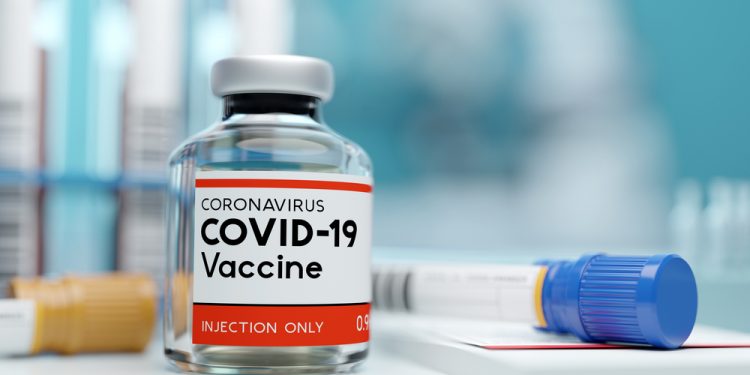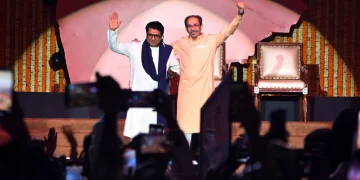New York: Britain became Wednesday the first Western country to approve a COVID-19 vaccine. In the process Britain jumped ahead of the United States and Europe. This came after its regulator cleared a shot developed by Pfizer and BioNTech for emergency use in record time
Pfizer, with partner BioNTech SE, and rival Moderna have released trial data. It has shown their COVID-19 vaccines to be about 95 per cent effective at preventing the illness. AstraZeneca last month said its vaccine was on average about 70 per cent. AstraZeneca is producing its COVID-19 vaccine in association with Oxford University.
The companies have said distribution could begin almost immediately after any approval. It is on the governments around the world to decide who gets the vaccine and in what order.
The following is an outline of the process:
Pfizer, Moderna and AstraZeneca have already started manufacturing their vaccines. The Pfizer-BioNTech vaccine will be rolled out from early next week in Britain.
This year, Pfizer said it would have enough to inoculate 25 million people. Moderna will have enough for 10 million people and AstraZeneca will have enough for more than 100 million people. This is because the AstraZeneca vaccine will be produced by Serum Institute of India (SII). The Indian company is the largest vaccine manufacturer in the world.
The US Department of Defense and the Centres for Disease Control and Prevention (CDC) will manage distribution in the United States. Some 20 million people expected to be inoculated by the end of the year.
Approximately some 60 million to 70 million doses of COVID-19 vaccine could be available per month beginning in January. Most Americans will have access to shots by mid-2021, the US government said Tuesday.
In the European Union, it is up to each country in the 27-member bloc to start distributing vaccines to their populations.
It is unclear when a vaccine will be available for children. Pfizer and BioNTech have started testing their vaccine in volunteers as young as 12. However, there is still not any clear picture when the vaccine will be used on children.
Britain could start a roll-out of the Pfizer-BioNTech vaccine this month. The country had ordered 40 million doses – enough for just under a third of the population. Older care home residents and their attendants will be the highest priority to receive the vaccine, followed by those over 80 years of age and frontline health workers.
When will developing countries have access to vaccine?
COVAX, a programme led by the World Health Organisation and the GAVI vaccine group to pool funds from wealthier countries and non-profits to buy and distribute vaccines to dozens of poorer countries, has raised $2 billion.
Its first goal is to vaccinate three per cent of the people in these countries with a final goal of reaching 20%. It has signed a provisional agreement to buy AstraZeneca’s vaccine, which does not require storage in specialised ultra cold equipment like the Pfizer vaccine.
It is expected, but not certain, that less wealthy countries in Africa and Southeast Asia, such as India, will receive vaccines at low or no cost under this programme in 2021. Other countries, such as those in Latin America, may buy vaccines through COVAX. Several are also striking supply deals directly with drugmakers.
How much will COVID-19 vaccine cost?
Vaccine makers and governments have negotiated varying prices, not all of which are public. Governments have paid from a few dollars per AstraZeneca shot to up to $50 for the two-dose Pfizer regimen. Many countries have said they will cover the cost of inoculating their residents.






































